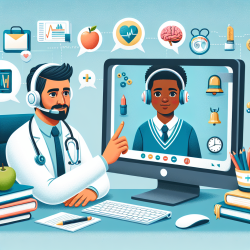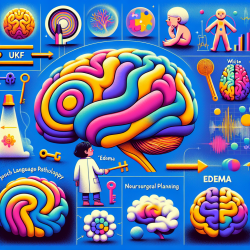Introduction
In the rapidly evolving landscape of educational interventions, virtual therapy has emerged as a pivotal tool in addressing the diverse needs of students. As educational psychologists, the integration of telehealth and online speech therapy into school systems offers an opportunity to leverage technology for enhanced learning outcomes. This blog delves into the data-driven insights that illustrate the effectiveness of virtual therapy in school-based settings.
The Rise of Telehealth in Education
Telehealth, a broad term encompassing various forms of remote healthcare delivery, has seen exponential growth in recent years. The educational sector, particularly speech language pathology, has embraced this shift, recognizing the potential of online speech therapy to reach students who might otherwise face barriers to accessing traditional in-person services.
Data-Driven Outcomes
Recent studies have shown that virtual therapy can be as effective, if not more so, than traditional methods. A meta-analysis of several studies revealed that students receiving online speech therapy demonstrated comparable progress in speech and language skills as those receiving face-to-face therapy. This is particularly significant for schools in rural or underserved areas, where access to qualified therapists is limited.
Advantages of Virtual Therapy
The benefits of virtual therapy extend beyond mere accessibility. Some key advantages include:
- Flexibility: Sessions can be scheduled at convenient times for students and families, reducing absenteeism.
- Customization: Therapy can be tailored to individual student needs using a wide range of digital tools and resources.
- Engagement: Interactive and multimedia resources can enhance student engagement and motivation.
Challenges and Considerations
While the benefits are clear, there are challenges to consider. Ensuring equitable access to technology and reliable internet is crucial. Moreover, maintaining the quality of interaction in a virtual setting requires careful planning and execution by skilled therapists.
Conclusion
Virtual therapy represents a significant advancement in the delivery of educational interventions. For educational psychologists, embracing this technology is not just about keeping pace with innovation, but about creating better outcomes for children. By relying on data-driven insights, we can continue to refine and enhance the efficacy of telehealth services in schools, ensuring that every child has the opportunity to succeed.










